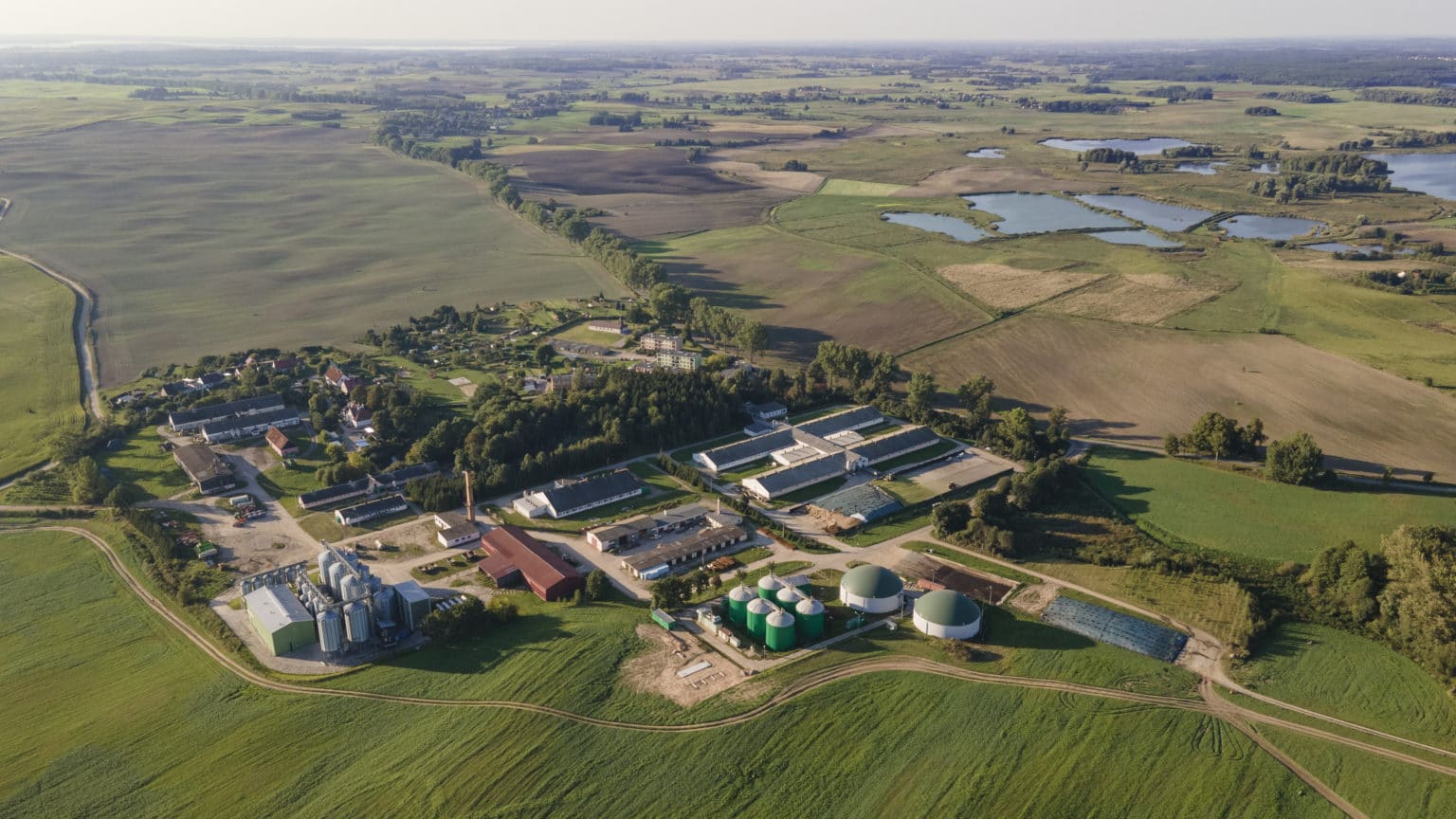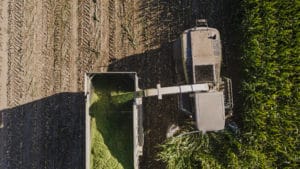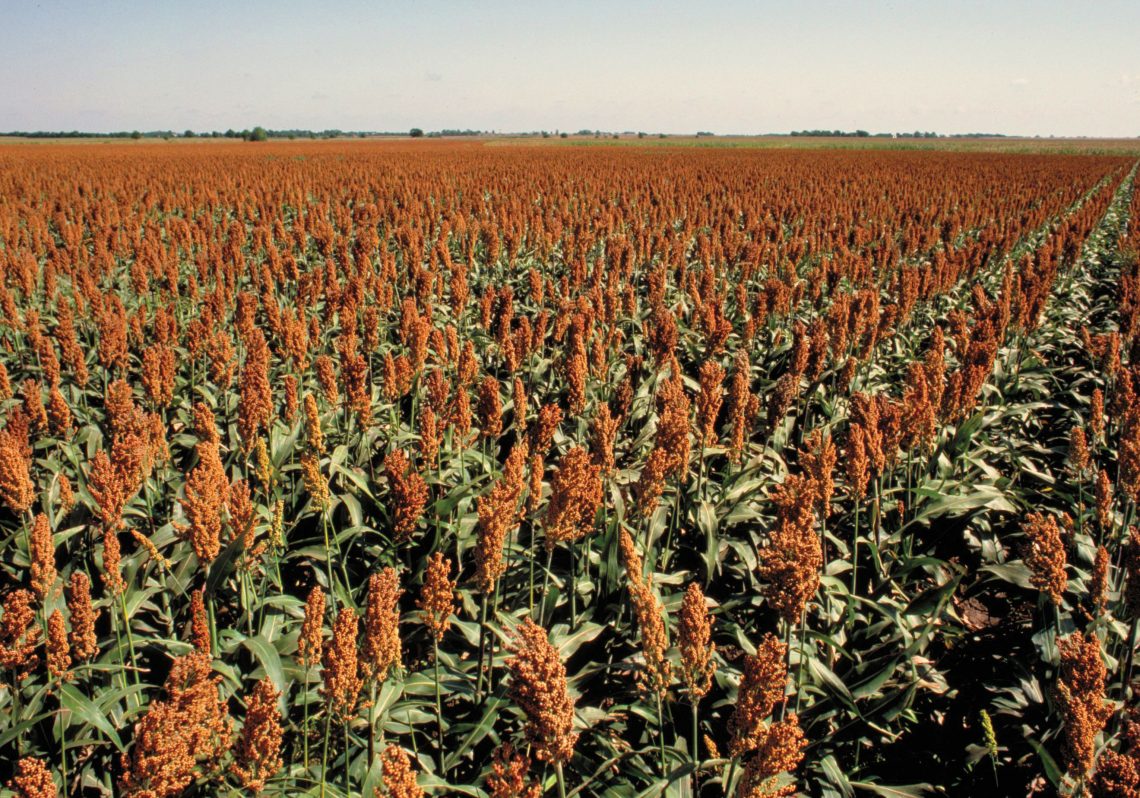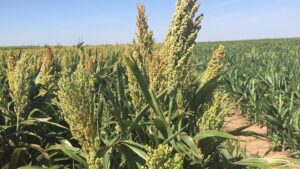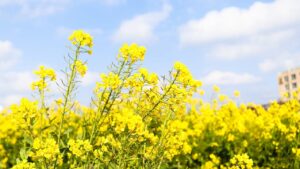Breeding Specific Plant Varieties that Increase Europe’s Energy Resilience
The Ukraine-Russia conflict has once again shown that Europe is highly dependent on external gas suppliers. Recently the European Commission announced that it had doubled its objective for home-grown biomethane production to 35 billion cubic metres per year by 2030. The aim is to increase EU’s resilience regarding the ongoing and increasing energy crisis, putting a heavy strain on households and farmers.
What is Biogas and Biomethane?
Biogas is a high-energy gaseous mixture that is produced from the decomposition of organic materials, in the absence of oxygen, also known as anaerobic digestion. This natural process takes place in biogas facilities to produce biogas from biologically degradable material, such as liquid manure, bio-waste or energy crops (maize, sorghum, grass, cover crops, sugar beet etc.). With the help of a range of bacteria, these materials are fermented in hermetically sealed fermentation tanks, so-called digesters, into biogas. The result is a blend of gases: 40-75 vol% methane (CH4) and 25- 55 vol% carbon-dioxide (CO2). If biogas is upgraded, biomethane is obtained. This is a purified form of raw biogas that can be used as a natural gas substitute: impurities such as CO2, H2O, H2S and others are removed during biomethane production, leaving a high-caloric, pure gas.
Plant Breeding for Biogas
Several seed companies have started decades ago with the breeding of biogas specific varieties. One of such companies, Lidea, started already in the early 2000’s. “For corn, the company selects varieties that are high in biomass production and show other good agronomic characteristics, but also have a good biogas quality, with a high crude fat, or a good fermentable cell wall,” says Oliver Becker, corn Market Manager (International), Business Line Corn & Sorghum at Lidea.
Lidea develops a multi-crops strategy that are carefully adapted to the needs of farmers and the various outlets. “And what is unique for our company, is that we started breeding cover crops that are suitable for biogas production. With that we were the first seed company that started such activity, back in 2012,” adds Antoine Bedel, forages and cover crops Technical Manager.
Benefits for the Farmer
There are several benefits for the farmer to grow crops for biogas production. It is cost competitive, and among the renewable energy sources, biogas is one of the most stable, because you don’t rely on wind or the sun. And you can use the biogas slurry as fertilizer on the farm.
“And from a climate change and environmental perspective, growing sorghum for biogas is great, because sorghum needs less water, will continue to grow even at temperatures above +40¬∞C and needs less inputs than most other crops,” shares Frederic Guedj, sorghum Market Development Manager at Lidea.
Bedel indicates that the great aspect of using cover crops for biogas is that between the two main crops, the soil is available and could be an opportunity to grow a cover crop. There are two advantages with this: first, the cover crop will provide multi-services like a reduction of nitrogen leaching, soil structuration, carbon catching and flowers for pollinators. And at the same time, the cover crop will produce biomass that could be harvested and used to produce biogas. In this way, biogas cover crops produce agri-environmental benefits and convert them into direct income for the farmer.
“The company has also developed biogas sorghum varieties that can be sown as a secondary crop. As primary crop, in good conditions, sorghum can produce more than 7,000 m3/ha of methane with varieties for industrial use and a plant height of more than three meters,” says Guedj. As secondary crop, it is important that such a sorghum variety has a high drought tolerance because of the late date of sowing.
Additional Benefits
The fermentation process leaves a fermentation product that can be used as an organic fertilizer and soil improver. Either liquid, dry or composted, it is useful in the agricultural, landscaping, horticultural and gardening sectors. It has all the nutrients, such as nitrogen, phosphorus, potassium, and the organic carbon. This means that the use of these fermentation products closes the natural nutrient cycle and can replace part of the mineral fertilizer.
More Biogas Facilities Needed
A few years back, Europe made some good and rapid progress with regards to biogas production and building biogas facilities, but there are not enough biogas facilities throughout the continent. “Let’s hope this new decision of the EU Commission will boost that, because it is a win-win for the farmer, the energy sector and the environment. Biogas is one of the tools to increase the European independency on energy and Lidea will take part in this challenge,” says Becker.
Read More From the European Seed Spring Edition:
A Farmer-Driven Approach to Innovation and Sustainability
Farmers’ Needs and Expectations Around “New, Improved Plant Varieties”
10 Interesting Facts About Cabbage


